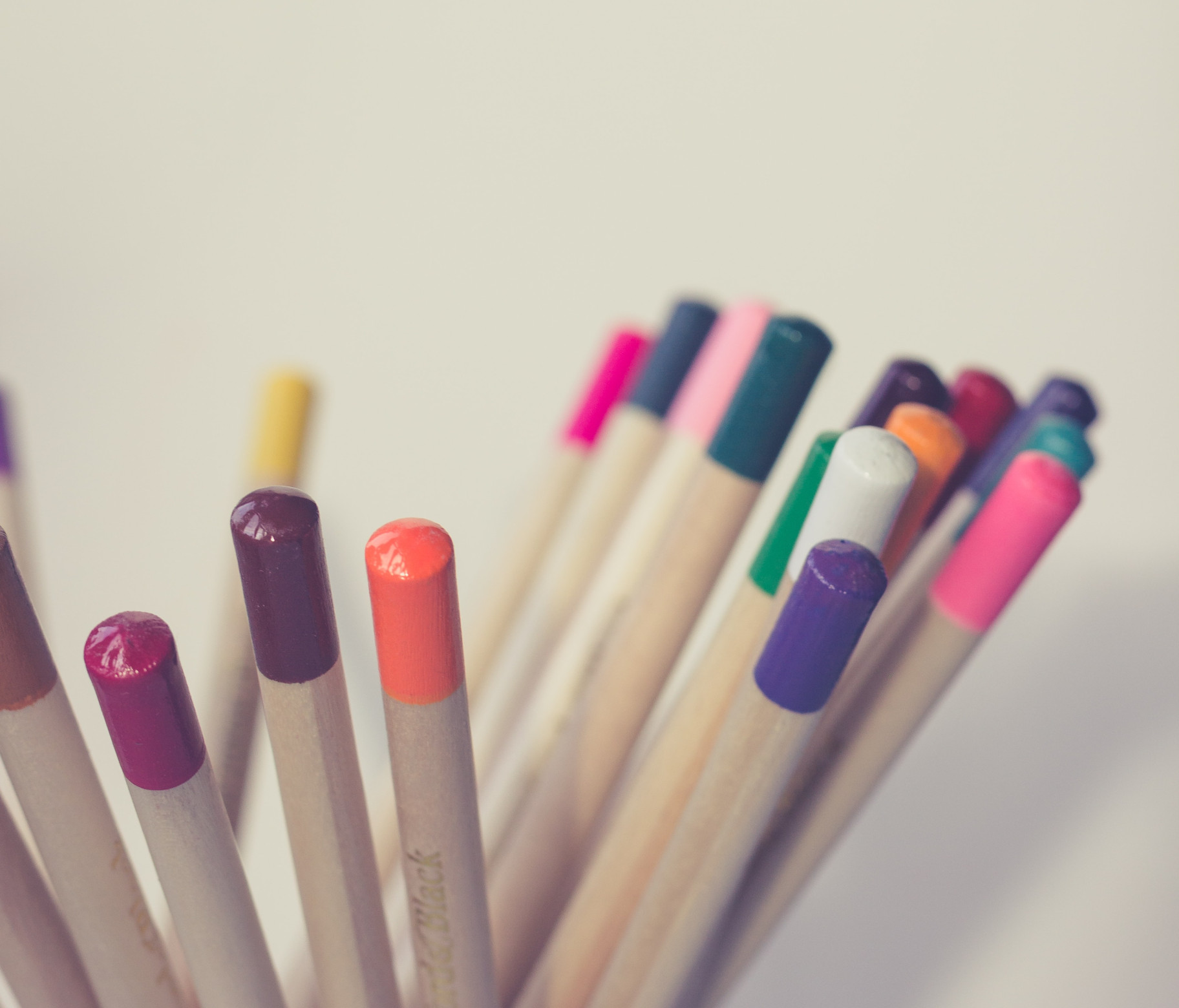Drawing birds

Drawing birds
Exploring and drawing local birds
Materials Required
- Plain piece of white paper
- Art and craft materials e.g. scissors, glue, textas, pencils, crayons.
Natural materials e.g. feathers, Recycled materials to decorate.
Play experience profile
-
Ages:
-
Min Playtime45 - 60 Minutes
-
Skills
-
Energy LevelQuiet Play
-
Messiness Rating
-
EYLF Outcomes
Play Experience Preparation
Prepare a clean and clear area to get creative in - Search for materials you can use in your home and outside with your child.Experience Steps
- Go for a walk around your neighbourhood and talk about the birds you see or hear.
- At home you could use digital technology to search images of the birds you found on your walk.
- Encourage your child to draw some of the bird using the images as inspiration.
- Your child might like to experiment with using different media to create their bird.

What to talk about, or questions to ask during the experience
- Habitats: Where does this bird live? What does its home look like?
- Bird sounds: What bird made that sound? Let's try to make that sound too!
- Diet: I wonder what magpies eat?
Build on this...
- Make your own bird checklist to make a list of birds in your backyard.
- Use digital technology to research birds in your area.
- Create a graph of the birds that visit your area and tally them.
WHO guidelines for physical activity and sedentary behaviour
Provide evidence-based public health recommendations for children, adolescents and adults on physical activity.
Learn more
Provide evidence-based public health recommendations for children, adolescents and adults on physical activity. Learn more
Taking a walk around your neighbourhood whilst looking for birds is a playful way to engage in physical activity with young children. Once finished the drawing you and your child could even pretend to fly like birds to transition to the next part of your daily routine.
EYLF Outcomes
The Early Years Learning Framework has been designed for use by early childhood educators working in partnership with families, children’s first and most influential educators.
View PDF
The Early Years Learning Framework has been designed for use by early childhood educators working in partnership with families, children’s first and most influential educators. View PDF
- Children develop a range of skills and processes such as problem solving, inquiry, experimentation, hypothesising, researching and investigating
- Children develop dispositions for learning such as curiosity, cooperation, confidence, creativity, commitment, enthusiasm, persistence, imagination and reflexivity
- Children develop knowledgeable and confident self identities
EYLF Principle
Principle 2: Partnerships. Partnerships are based on the foundations of understanding each other’s expectations and attitudes, and build on the strength of each others’ knowledge.
EYLF Practice
Practice: Intentional teaching. Intentional teaching is deliberate, purposeful and thoughtful. They use strategies such as modelling and demonstrating, open questioning, speculating, explaining, engaging in shared thinking and problem solving to extend children’s thinking and learning.
Author:


